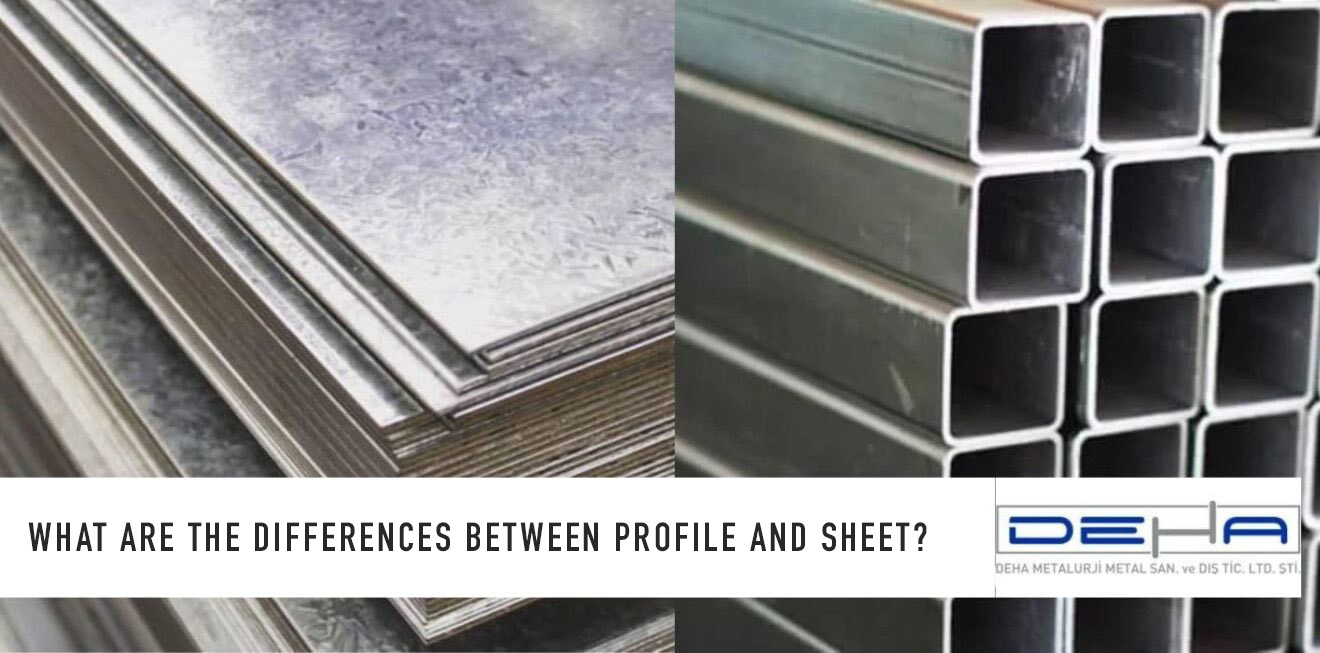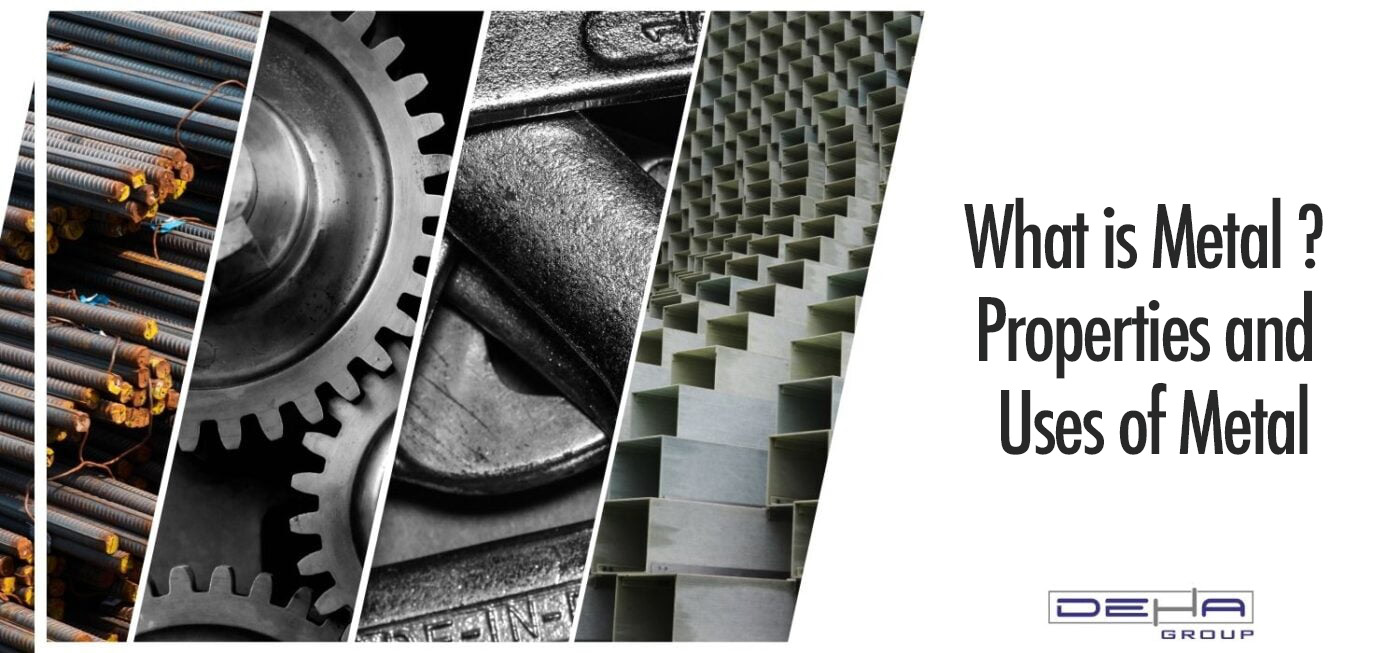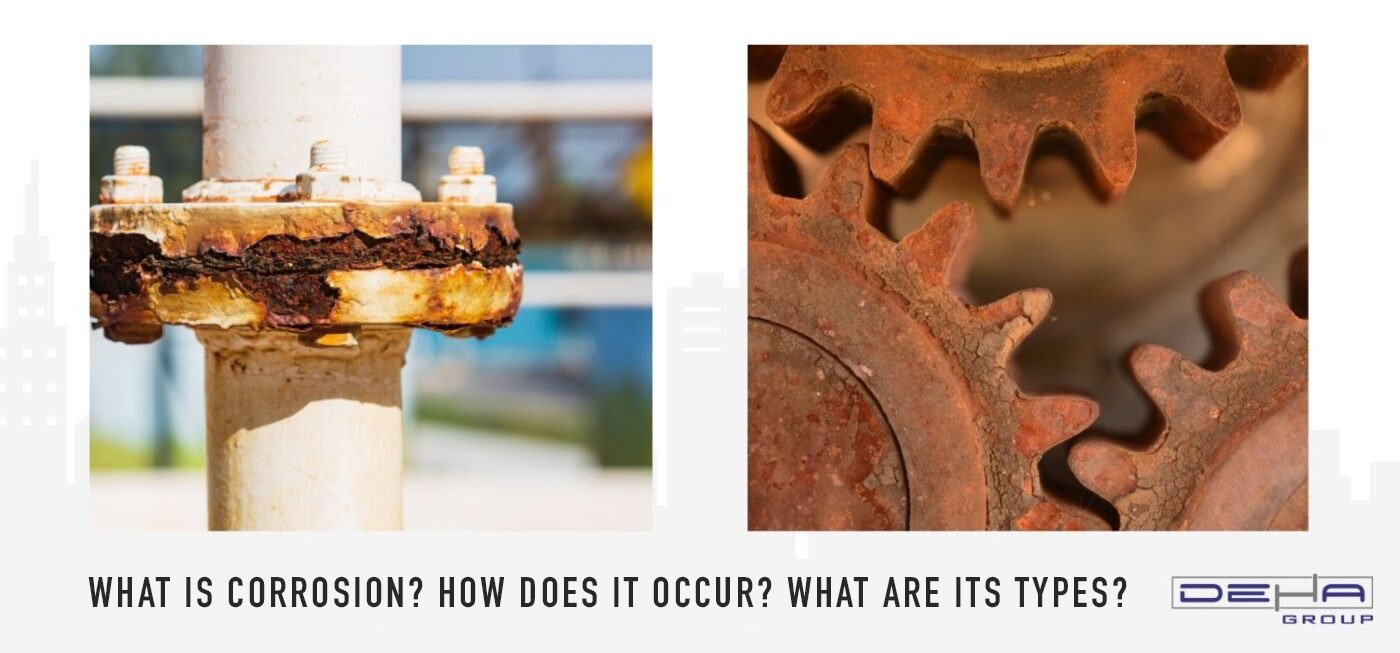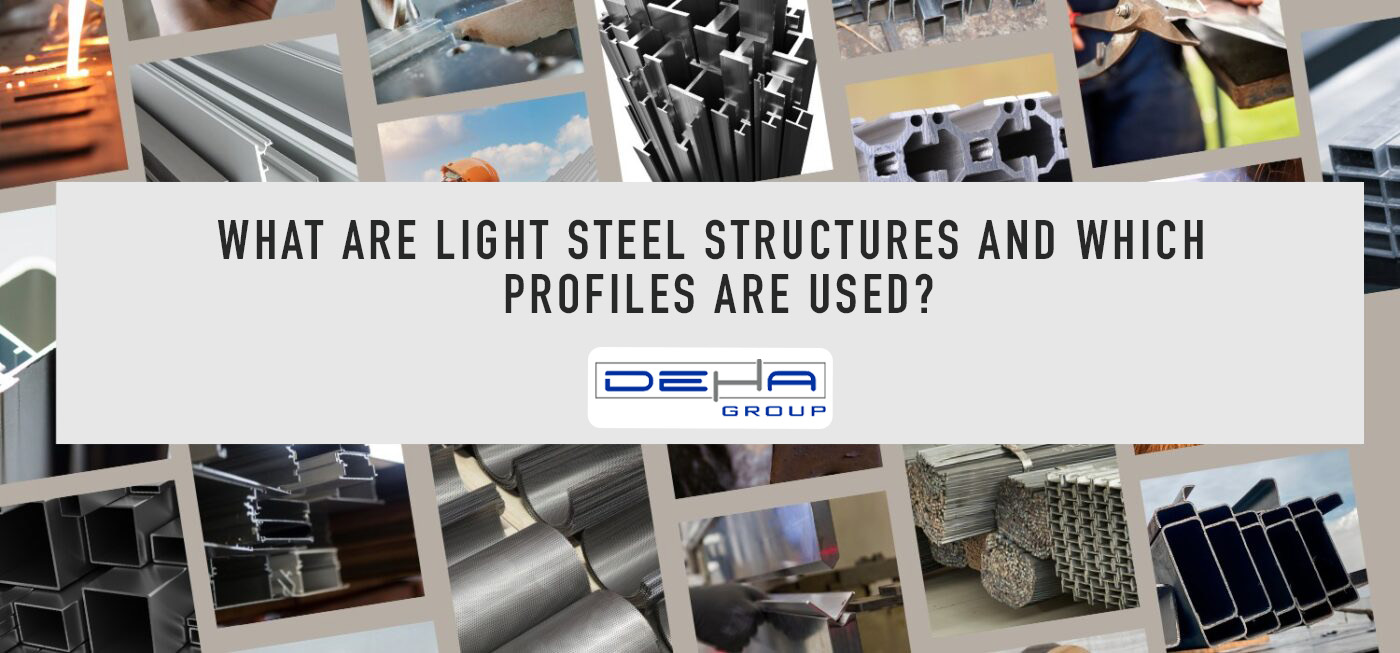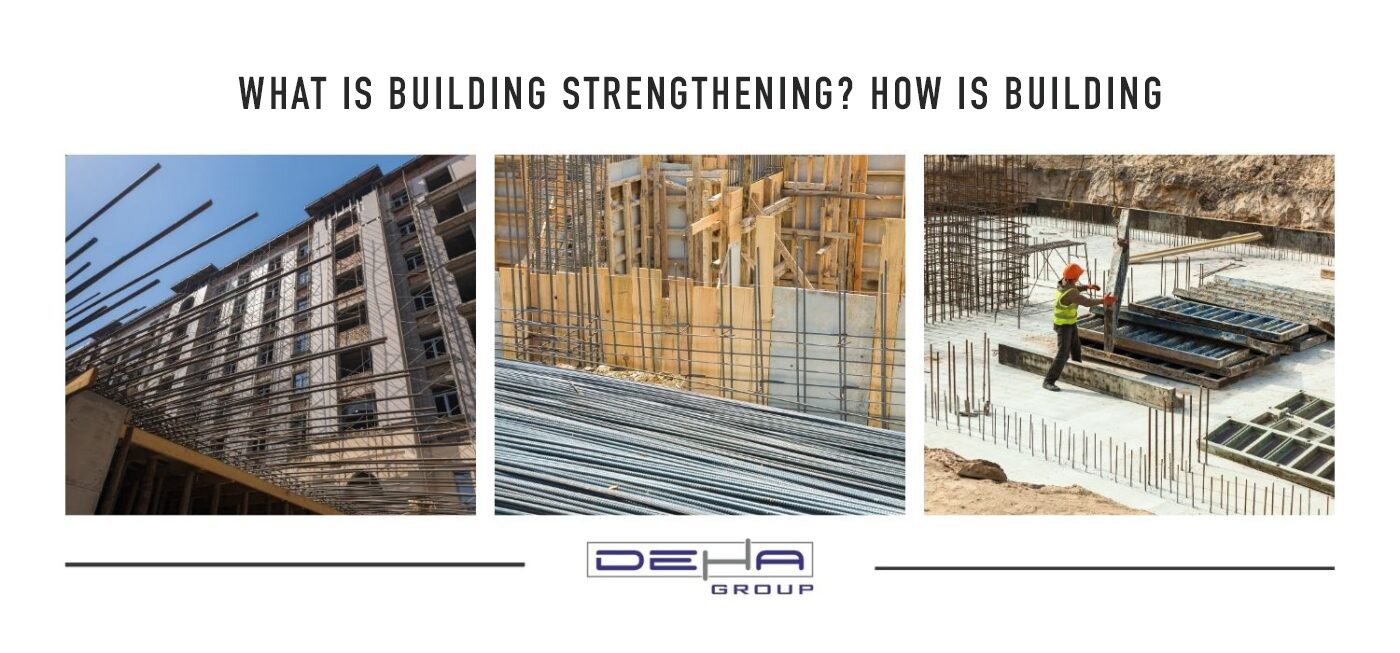
Building strengthening is an engineering work aimed at enhancing the resilience of structures against natural disasters and the wear and tear of time. This process, usually undertaken to increase earthquake resistance, involves strengthening the existing load-bearing systems of the building or adding new support systems. The building strengthening process aims to minimize risks of loss of life and property by enhancing both the durability and safety of the structure. Therefore, building strengthening holds significant importance, especially in countries located in earthquake zones.
In older structures, the need for strengthening arises due to the inadequacy of materials used during construction or the structural systems not meeting current standards. Especially in reinforced concrete buildings, the weakening of load-bearing columns and beams over time or deformations occurring in the building's foundation can render the structure unsafe. Building strengthening works address these issues, extending the building's lifespan and making it reliable.
Structure analyses are of great importance in the strengthening process. Evaluations conducted by expert engineers and architects determine which parts of the building require strengthening and how this process will be carried out. Thus, using the most suitable strengthening techniques for the existing structure of the building, safety and durability are maximized.
There are various methods available for building reinforcement, and each method is selected according to the characteristics of the structure. One of the most commonly used methods is column and beam reinforcement. In this process, existing columns and beams are coated with modern materials such as fiber-reinforced polymer (FRP) or carbon fiber wraps to enhance their durability. This method is a practical solution that can be applied in both reinforced concrete and steel structure systems.
Another reinforcement method is adding shear walls. Shear walls provide additional strength to the building, making it more resistant to lateral forces. This method is especially preferred in earthquake-prone areas as it makes the building stronger against tremors. Additionally, foundation reinforcement plays a significant role in strengthening buildings. The foundation can be reinforced through processes like soil injection or underpinning with piles.
Finally, the use of steel reinforcement is also one of the frequently preferred methods in building reinforcement works. Adding steel profiles to the building's load-bearing elements increases the structure's load capacity and balances the distribution of weight. All these methods, when selected and applied appropriately to the structure of the building, result in a safer and more durable structure.
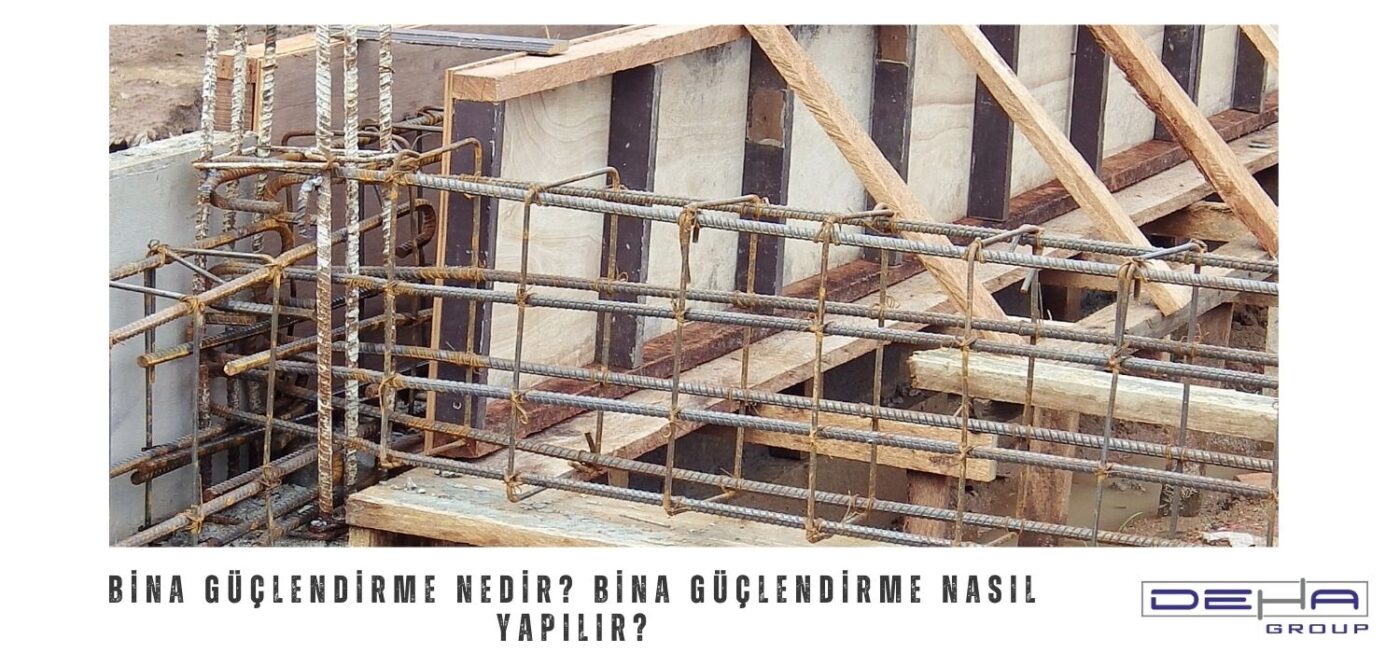
Since building reinforcement is quite a technical process, obtaining expert support at every stage of the work is of great importance. Before reinforcement, a detailed analysis of the building must be conducted. During this analysis, the current structure of the building, as well as environmental conditions, ground structure, and other factors, are evaluated. The results obtained guide which reinforcement techniques should be applied.
The quality of materials used in the reinforcement process is also an important aspect to consider. The materials chosen for reinforcement must be durable and long-lasting to ensure the permanence of the work done. Particularly, high-quality steel profiles or carbon fiber materials should be preferred. The appropriate choice of materials is a factor that directly affects the success of the reinforcement process.
During reinforcement procedures, safety measures should also be prioritized. While the structure is being reinforced, the safety of current occupants should be ensured, and operations should be conducted in a way that does not harm surrounding buildings. Additionally, each stage of the process should be regularly monitored, and precautions should be taken against potential risks. This way, building reinforcement works are completed both effectively and safely.
Building reinforcement processes extend the lifespan of structures, preserving their value. Reinforced buildings are more resilient against earthquakes or similar natural disasters, thereby ensuring safety for life and property. Reinforcement works provide better support for horizontal and vertical loads, preventing potential damage thanks to the extra supports added to the structure. These advantages especially offer significant assurance for homeowners and users in residential and commercial buildings.
Reinforcement also offers economic benefits. A non-reinforced building might collapse or require significant repair costs if it sustains severe damage. Through reinforcement, demolition is prevented, and repair costs are reduced. This provides a long-term cost advantage for building owners.
Finally, the building reinforcement process contributes to environmental sustainability. The likelihood of reinforced buildings collapsing is reduced, which helps minimize waste production and environmental damage. For this reason, reinforcement works are highlighted as a sustainable practice in the modern construction sector.
In building reinforcement processes, it is of great importance to act in accordance with legal regulations. Although it varies from country to country, many countries have specific standards and regulations regarding structural safety and earthquake resistance. These regulations serve as a guide in determining the necessary reinforcement techniques and materials to ensure the safety of structures. It is mandatory to adhere to this legal framework when carrying out reinforcement processes.
In countries with high earthquake risk like Turkey, the reinforcement or reconstruction of old buildings, especially within the scope of urban transformation projects, has become mandatory. Such legal regulations help building owners fulfill their responsibility to ensure the safety of both themselves and the people around them. In addition, building reinforcement projects are inspected by municipalities to check whether the processes comply with legal provisions.
Proper management of legal processes in reinforcement projects also prevents potential legal issues in the future. Working with expert engineers and architects to conduct the project in accordance with legal regulations provides significant ease for building owners. Thus, building reinforcement processes proceed both safely and within the legal framework.

 TR
TR

